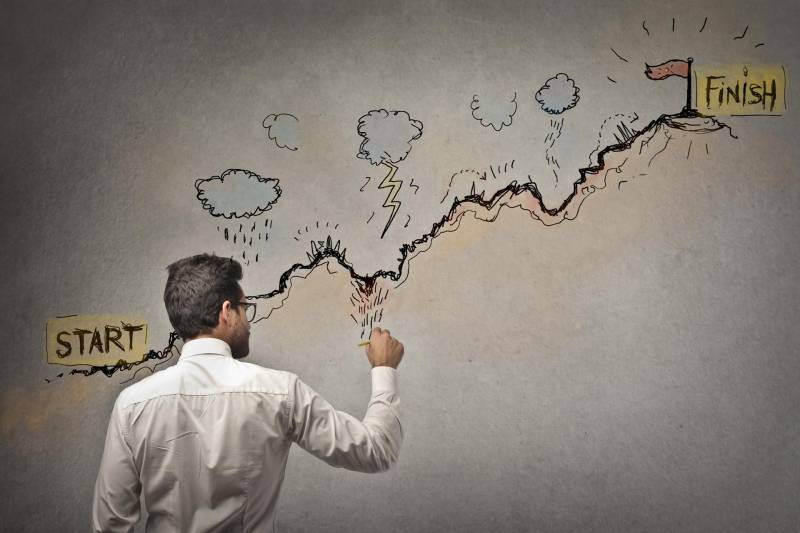
“Most of us spend too much time on what is urgent and not enough time on what is important.” – Steven Covey
This quote points out exactly what is wrong with our priorities. So often we do things that we consider urgent that we forget to make time for what is really important in our lives. And, unless you’re superhuman, it’s impossible to do five things at once. That’s where knowing how to prioritize comes in handy. Prioritizing means to put things in order of importance. Even though you can’t do everything at once, prioritizing helps you to figure out which tasks are the most important and which tasks can wait.
When you have a lot to do, just figuring out where to start can be your biggest challenge. Instead of seeing each task separately, you just see a mountain of work with no clear starting or ending point. However, if you know how to prioritize, you’ll be able to break up the work into smaller pieces. Then you can focus on each task, one at a time, starting with the most important.
Here are five tips to help you learn to prioritize:
- Identify the end goal
- Separate the goal into smaller tasks
- Create a to-do list
- Make adjustments
- Focus on the big picture
Let’s take a closer look at what it means to prioritize.

Identify the end goal
It’s impossible to accomplish, or do, anything if you don’t know what it is you’re trying to accomplish. When you’re first starting a project or task, the first thing you should do is identify the end goal. Ask yourself, “What do I hope to accomplish by the end of this project or task?” Let’s say you’re doing a puzzle. The end goal is to put the puzzle together so that it forms the image on the box. Without that picture to look at, it could take twice as long to put the puzzle together. That’s because you don’t fully understand what you’re building or how the pieces fit together. If you fail to identify the goal, you will find yourself working in all different directions with no clear purpose.
Separate the goal into smaller tasks
Even the biggest project will seem easier when broken down into smaller tasks. Think of your project as a big pizza. Trying to eat the whole pizza at once would be tough. Not only is it hard to pick up an entire pizza, but to fit the whole pizza in your mouth would be an even bigger challenge. A better way to go about it is to cut the pizza into smaller pieces and cut each piece into individual bites that fit easily into your mouth.
Just like the pizza, every project can be broken down into smaller tasks that make the project easier. The smaller and simpler the tasks, the more manageable your project will become. Start by brainstorming all of the things that you’ll need to do to reach your end goal and write them down. Don’t worry about putting them in order at this point. Keep in mind that as you break down your project into smaller tasks, the number of tasks you will have to complete will increase. That’s okay, because having a longer list of tasks will keep you focused and keep you on track to reach your goal.

Create a to-do list
Now that you have your list of tasks, it’s time to turn that list into an official to-do list. Start by looking at each task separately and ranking each task in order of importance. For example, does a certain task have to be done before you can do some of your other tasks? Or, does one of the tasks have a deadline coming up? These tasks should then be ranked as a higher priority. As you look at each task and consider its importance, assign each task a number to show where it should appear on your to-do list. Once you have ranked each task in order of importance, rewrite your list in the order that you ranked each task.

Make adjustments
As you work through your to-do list it’s important to be flexible. That means as things come up and priorities change, you change with them. In the workplace, changes happen all the time. Maybe a task you thought wasn’t very important suddenly has a deadline and needs to be taken care of right away. It’s also important to pay attention to how well your process is working as you go along. If you find that your to-do list isn’t meeting the demands of the project or end goal, ask yourself what you can change in order to improve. As your plans change, adjust your to-do list to show this change in priorities.

Focus on the big picture
Even though it’s necessary to break down projects into smaller tasks, it’s always important to stay focused on the big picture. Going back to our puzzle example, you look back at the picture on the box as you go along. Likewise, you want to look back at your end goal as you work through your project. Sometimes we tend to get caught up in each individual task and lose sight of the real reason for doing the task. With each new task you start, ask yourself, “How does this task help me to reach my end goal?” Keep your end goal written down in a place where you will see it regularly.
